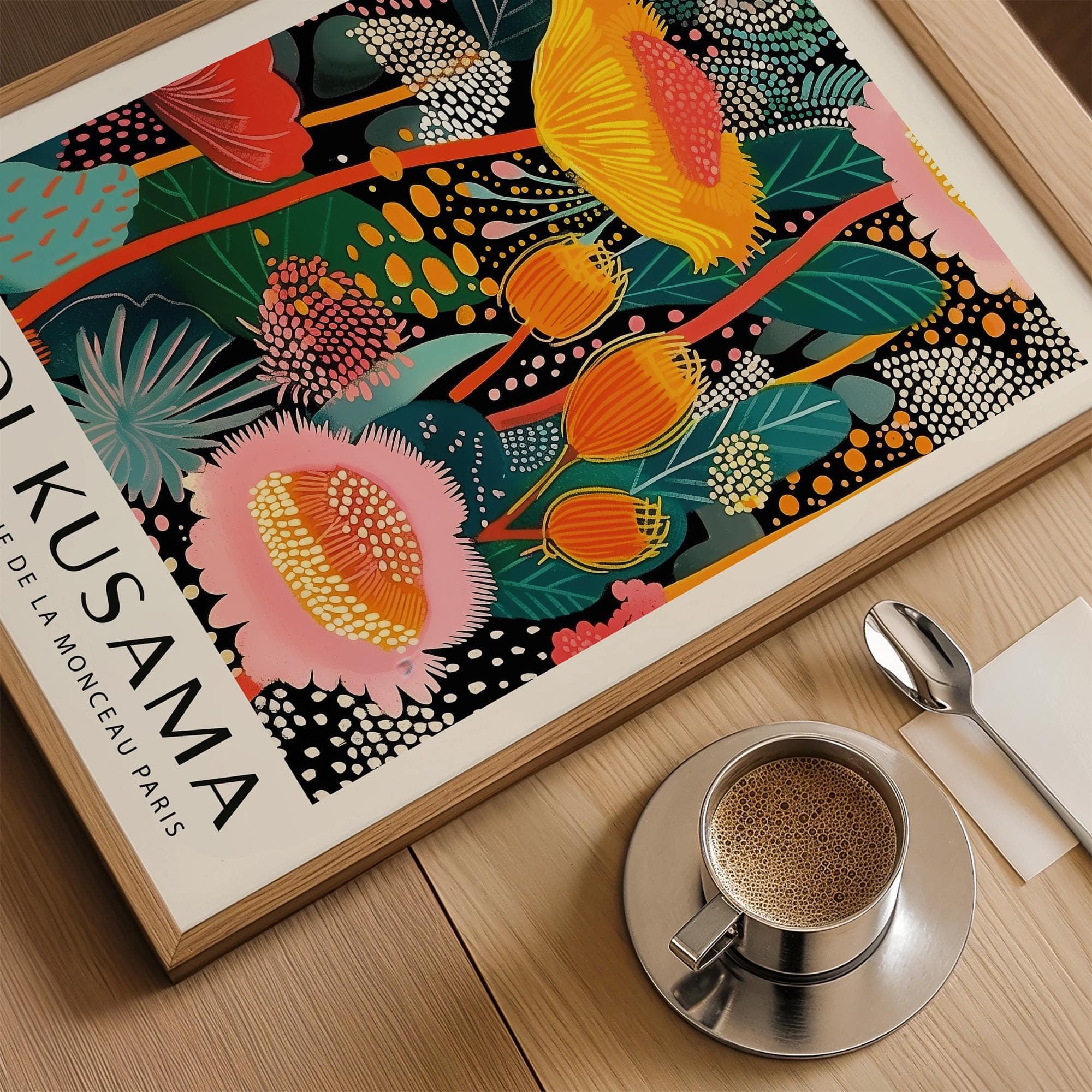What is Maneki Neko?
What is Maneki Neko? You’ve likely seen this upright cat with a raised paw sitting in a window or near a cash register. Often mistaken for a cute ornament, Maneki Neko is actually a powerful symbol of luck and prosperity. Originating in Japan, the name literally means “beckoning cat.” This iconic figure has long been believed to attract fortune, happiness, and good business. Whether made of ceramic, plastic, or even gold, each version of Maneki Neko carries its own meaning—rooted in color, gesture, and tradition.
The Origins Behind the Beckoning Cat
Maneki Neko is believed to date back to the Edo period in Japan. One popular story tells of a poor temple priest and his cat. As the legend goes, a traveler took shelter under a tree near the temple during a storm. He noticed the cat raising its paw, as if beckoning him to enter the temple. Just as he moved, lightning struck the tree. Grateful, the traveler became a benefactor of the temple, bringing it wealth. Since then, the image of the raised-paw cat has symbolized good fortune.
Left Paw or Right Paw—What’s the Difference?
One of the most distinctive features of Maneki Neko is the raised paw—but which one is raised matters. A left paw raised is traditionally meant to attract customers, making it popular in shops and restaurants. A right paw raised brings good luck and money, making it a frequent choice for homes or offices. Some figures even have both paws raised, said to offer double protection or fortune, though this can also be seen as overreaching in some interpretations.
Color Variations and Their Meanings
Maneki Neko comes in a range of colors, each with its own meaning. White represents purity and positivity. Black is used for protection. Gold is associated with wealth, while red may be used for health. There are also green versions meant to encourage academic success. These variations make it possible to choose a Maneki Neko based on what you’re hoping to welcome into your space—be it safety, fortune, or focus.
Maneki Neko in Contemporary Decor
Today, Maneki Neko figures aren’t just cultural icons—they’ve become part of home and business decor worldwide. Some modern prints and artwork draw inspiration from this traditional figure while reinterpreting it in bold or minimalist styles. If you’re looking for structured design with a cultural edge, consider exploring Bauhaus art posters. While not directly related, their clarity and form pair well with symbolic decor like Maneki Neko in balanced interiors.









































